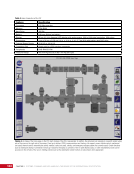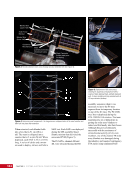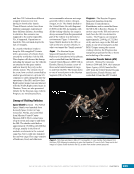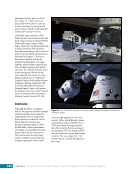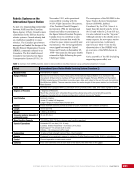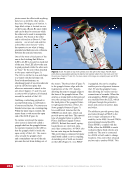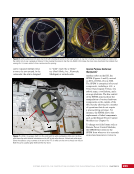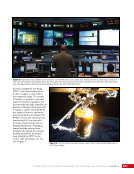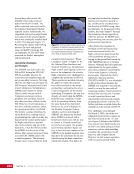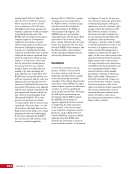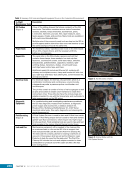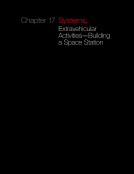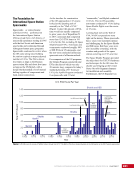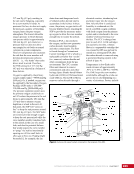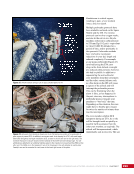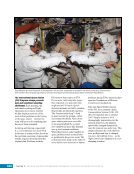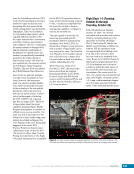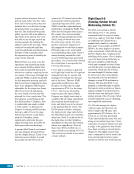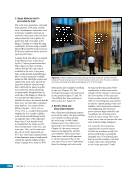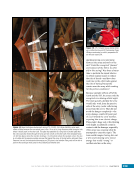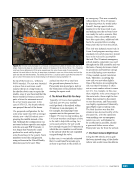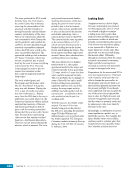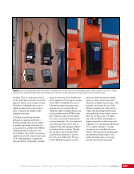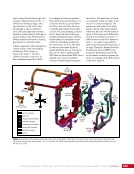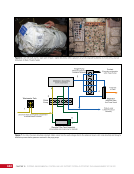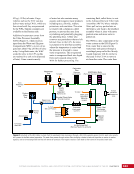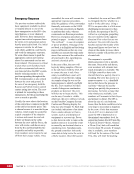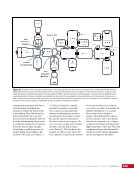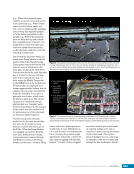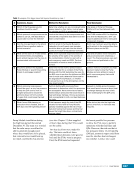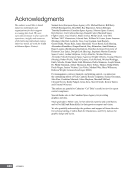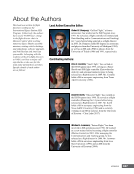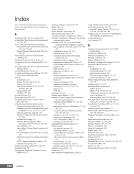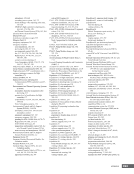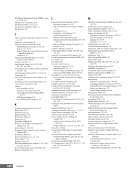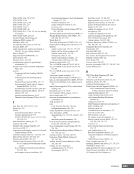xxx Naming Conventions Flight controllers and their flight director can hold whole conversations awash in acronyms or “NASA speak.” Throughout the book, we have tried to use as few acronyms as possible. Unfortunately, it is not possible to tell the story of the ISS without referencing many of the common terms. This will be explained, when used. A complete list can be found in the Appendix. Another challenge with this topic is that it is international. Under NASA integration, all operations on the USOS are conducted in English. All procedures, labels, and even discussions with the astronauts use English. An exception to this rule are the Russians. All of their systems, flight control operations, and cosmonauts use Russian and, of course, the Cyrillic alphabet. Critical systems or emergency procedures are marked in both. The US FCT needs to be versed to some extent in Russian, since it is used when communicating with their counterparts. Thus, everything on the Russian Segment may have a Russian name, a Cyrillic acronym, an English transliteration, and an English acronym. Brackets are placed around the letters to indicate a transliteration from regular English acronym. For example, the central computer on the Russian Segment (Table 4), which is shown in Chapter 3, interfaces with the main computer on the USOS. This book will use the English acronym. Table 4. Example of Russian-English Acronym Reference Russian Name Russian Cyrillic Acronym Translation English Transliteration English Acronym Служебный модуль центрального компьютера (Sluzhebnyy modul’ tsentral’nogo komp’yutera) ЦВМ Service Module Central Computer [TsVM] SMCC Book Layout This book is comprised of two types of chapters. Ten chapters provide an overview of the key systems on the ISS. These are the computer, communications, thermal control, life support, power, structures, and motion control systems. Each one of these is critical to supporting the crew and the other systems so that the ISS can continue to operate. Additional technical detail can be found in Chamitoff and Vadali (2018). Although one would not consider them core systems, the planning, robotics, and EVA (i.e., spacewalking) functions are extremely critical to the construction and operation of the space station. These systems are therefore included in the technical chapters. These chapters provide the foundations for the remaining “Day in the Life” chapters, which detail the operations of the ISS by the FCT. Each Day in the Life chapter focuses on a theme in the area of operations. The themes will cover the routine operations of the space station—though it might be argued that nothing is routine in space— and the unusual or contingency operations. Change supported by flexibility and adaptability make up the reality of operating a complex vehicle in space. Chapter 2 describes the day-to-day life during the time an increment crew is on the ISS, whereas Chapter 4, The Making of a Mission, describes the process of putting together and executing major missions using a shuttle assembly flight for illustration. A specific example of change is discussed in “Brain Transplants” of the ISS (Chapter 6) where, as with terrestrial desktops, laptops, and smartphones, the software that is operating the vehicle is completely updated. Low-Earth orbit is a dangerous place for many reasons, but most notably due to a large amount of debris that, if it struck the ISS, could kill the crew. Therefore, the FCT continuously monitors this debris and occasionally maneuvers the space station out of the way, as described in Chapter 8. Training is critical, and Chapter 10 provides a small flavor of that world from the viewpoint of the team members as they simulate life and death on the station. Flight controllers have to spend a great deal of time planning for the unexpected and preparing for contingencies that, if things go well, may never be needed. Having the crew members abandon the station and come home in order to save their lives is one of
Purchased by unknown, nofirst nolast From: Scampersandbox (scampersandbox.tizrapublisher.com)








































































































































